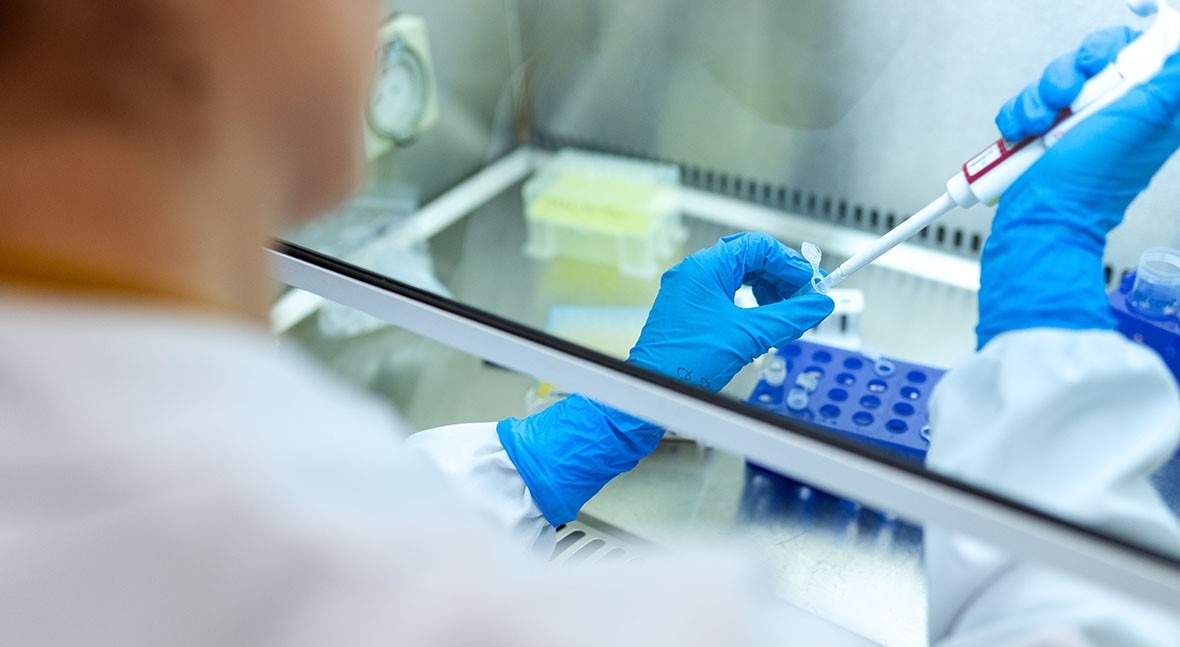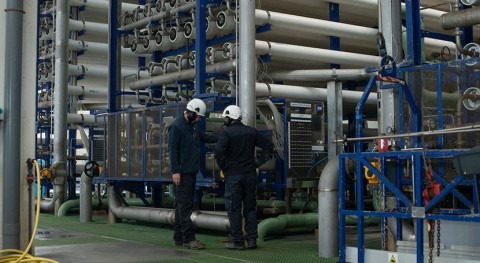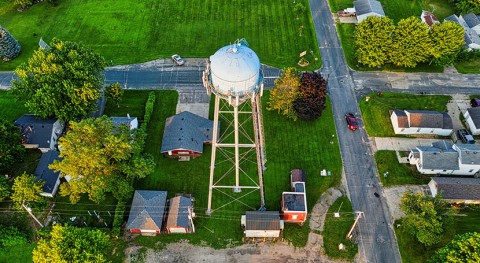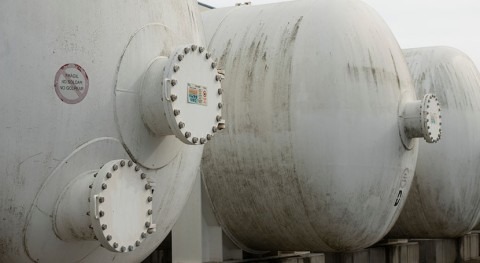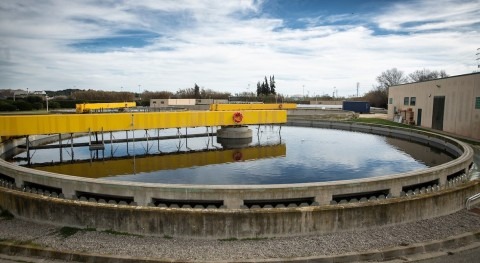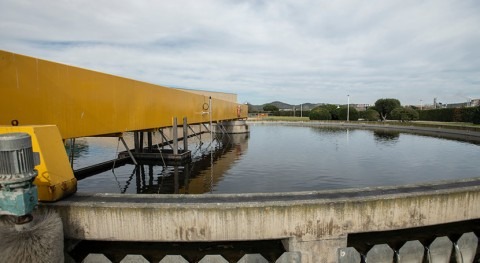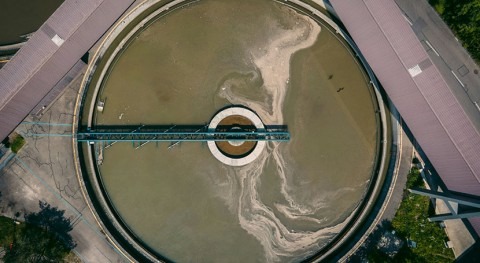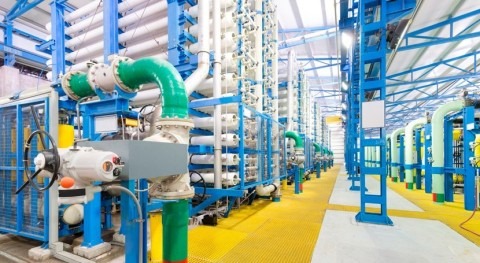Soon after the coronavirus swept across the world and millions of people went into lockdown in early 2020, we started learning more about wastewater-based epidemiology and its potential use to monitor COVID-19.
Wastewater-based epidemiology (WBE) is a promising field that detects pharmaceuticals, illicit drugs or pathogens in raw wastewater to provide population-level information. In this case, the idea was to monitor wastewater to detect the presence of people infected with SARS-CoV-2 in the communities under study.
Initially, sewage surveillance was heralded as a tool to detect the presence of the virus, as a complement to individual testing. The rate of increase/decrease in the concentration of coronavirus particles in wastewater over time can show trends, and that concentration could potentially be used to estimate the level of infection in a given area. Other emerging use cases are the possibility of identifying SARS-CoV-2 strains through sequencing work and thus track viral evolution, and helping to track the effects of vaccination in a non-invasive manner.
Clearly, WBE holds a lot of promise. Research efforts are underway across the globe. As we enter the second year of the pandemic, to what extent is it being used to support public health responses? The Netherlands was the first country to implement a national wastewater monitoring programme for SARS-CoV-2, and many other countries have started or are planning to implement national-level monitoring. Besides national programmes, there are multiple instances of sewage surveillance at regional and local scales. The University of California Merced has set up an online compendium of wastewater monitoring efforts ongoing across the globe, the COVIDPoops19 Dashboard.
The Netherlands hosts a public dashboard which includes weekly data on viral particles in wastewater measured at about 300 locations
The Netherlands leads sewage surveillance efforts. The Ministry of Health, Welfare and Sport hosts a public dashboard with up-to-date coronavirus information, which includes weekly data on viral particles in wastewater per 100,000 inhabitants measured at about 300 locations. The data, provided by the National Institute for Public Health and the Environment, RIVM, is also corrected for the volume of water flowing into wastewater treatment plants at the time of sampling.
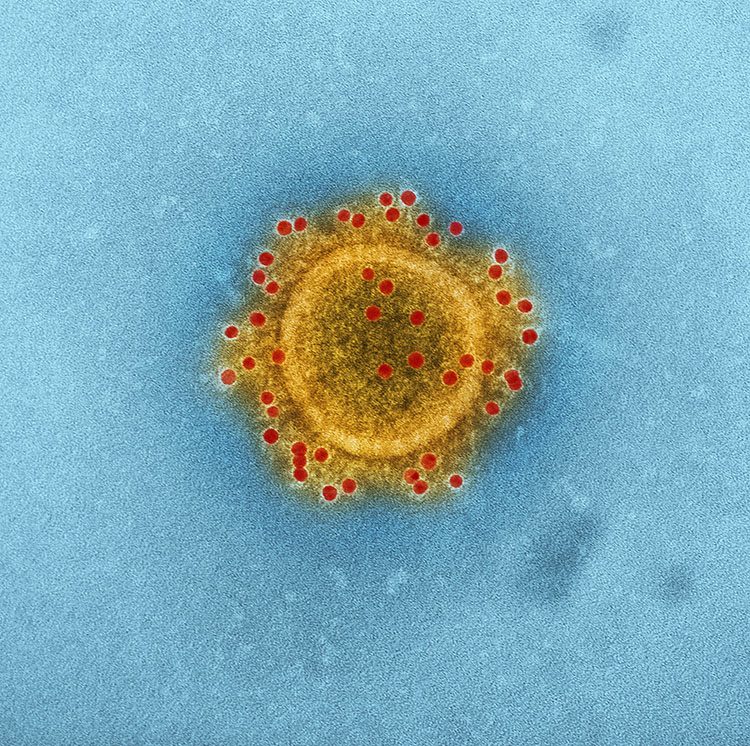
Also in Europe, surveillance programmes are in place in England, Scotland and Wales. The programme in England began sampling in 44 wastewater treatment works in July 2020 and expansion is planned to cover 80% of the population via monitoring at treatment works. Sampling by Scottish Water started in May, and the Scottish wastewater surveillance network includes now 28 sites covering 50% of the population, with data available through a public dashboard. Monitoring began in Wales in March with pilot studies that formed the basis of their surveillance program, which now encompasses 20 sites and 70% of the population.
Elsewhere, in Australia, testing is underway across the country, with different stages of development in different states. The ColoSSoS (Collaboration on Sewage Surveillance of SARS-CoV-2) project is an accelerated research programme supporting nationwide environmental surveillance for SARS-CoV-2. The goal is to provide data to COVID-control taskforces at a state level and share the data nationally.
Sewage sampling can also be done at the sewer exit from an individual building or location to monitor discrete populations
Surveillance programmes intending to cover a broad area usually sample the influent to wastewater treatment plants, providing information about the area served by sewer pipelines collecting wastewater that is delivered to that single endpoint – the sewershed or wastewater catchment. Sewage sampling can also be done at different points within the sewershed – a major sewer pipeline or infrastructures such as pumping stations or holding tanks – and immediately at the sewer exit from an individual building or location. The latter, referred to as near-source tracking (NST), is used to monitor discrete populations, such as schools, university dorms, factories, prisons, elderly care homes, etc. Used in combination with targeted clinical testing, NST has clear potential to stop outbreaks and is being used in several countries.
Also along that line of monitoring a defined population, after detecting SARS-CoV-2 RNA in aircraft and cruise ship wastewater, researchers from CSIRO – Australia’s national science agency – have suggested wastewater surveillance applied to transportation-based sanitation systems can provide additional data to manage viral transmission and may help these industries return to full operation sooner.
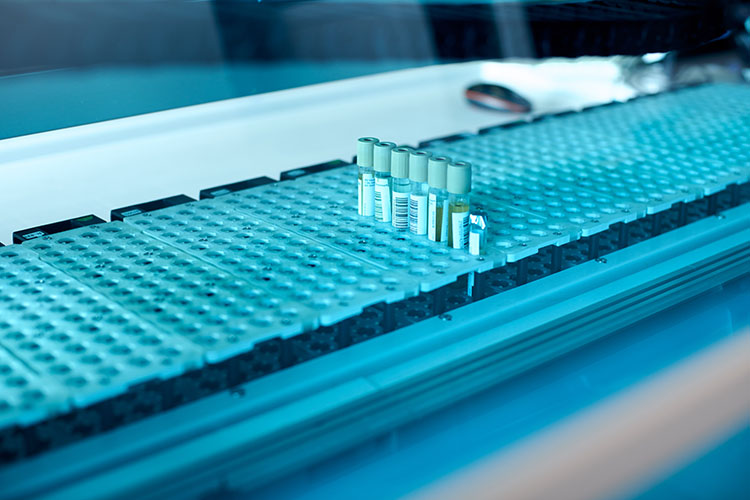
What is the future outlook in terms of WBE’s contribution to disease prevention and control? Many challenges remain, not only concerning wastewater sampling and analysis, but also data interpretation and communication. Studies show a correlation between SARS-CoV-2 RNA concentration (gene copies/litre) and positive COVID-19 cases in the community. However, estimating the level of infection in a community is one of the outstanding challenges of data interpretation. The normalisation of the results for the number of inhabitants and the dilution of wastewater (by rainwater or industrial discharges) provides a better indication of the level of infection in the population. One approach to estimate populations and account for wastewater dilutions is to use biomarkers (substances such as cholesterol, human genetic fragments or other microorganisms). Yet other sources of uncertainty fall within the realm of medical research, such as quantifying viral shedding rates and their dynamics over the course of the infection in symptomatic and asymptomatic individuals. Whereas estimates of the prevalence of coronavirus infection will require further research and integration of wastewater data with clinical testing data, the trend analysis of viral concentrations in wastewater already provides valuable information.
Wastewater surveillance applied to transportation-based sanitation may help these industries return to full operation sooner
Nevertheless, some knowledge gaps identified early on are starting to be clearer. For instance, there is no evidence that water is a transmission route for the novel coronavirus. As predicted early in the pandemic, research to date has shown the virus is very fragile in sewage, and thus the risk of wastewater being a vector for transmission, even if untreated, is negligible. A study done in Italy on the presence and infectivity of SARS-CoV-2 virus in wastewater and receiving rivers detected the virus in some cases, which the authors attributed to non-treated or inefficiently treated discharges, or to combined sewer overflows; however, infectivity was null.
Research in this field is rapidly evolving, refining approaches and moving on to new priorities, such as the automation of analysis and the possibility of having data in real-time. At the same time, it has become clear that to realise the predictive potential of WBE so it can contribute to more proactive pandemic preparedness, communication between researchers, water utilities and public health decision-makers needs to improve. Buy-in by all parties involved is essential, particularly as successive waves of the pandemic are showing it is far from over.
Read three interviews with leading experts on the subject:


